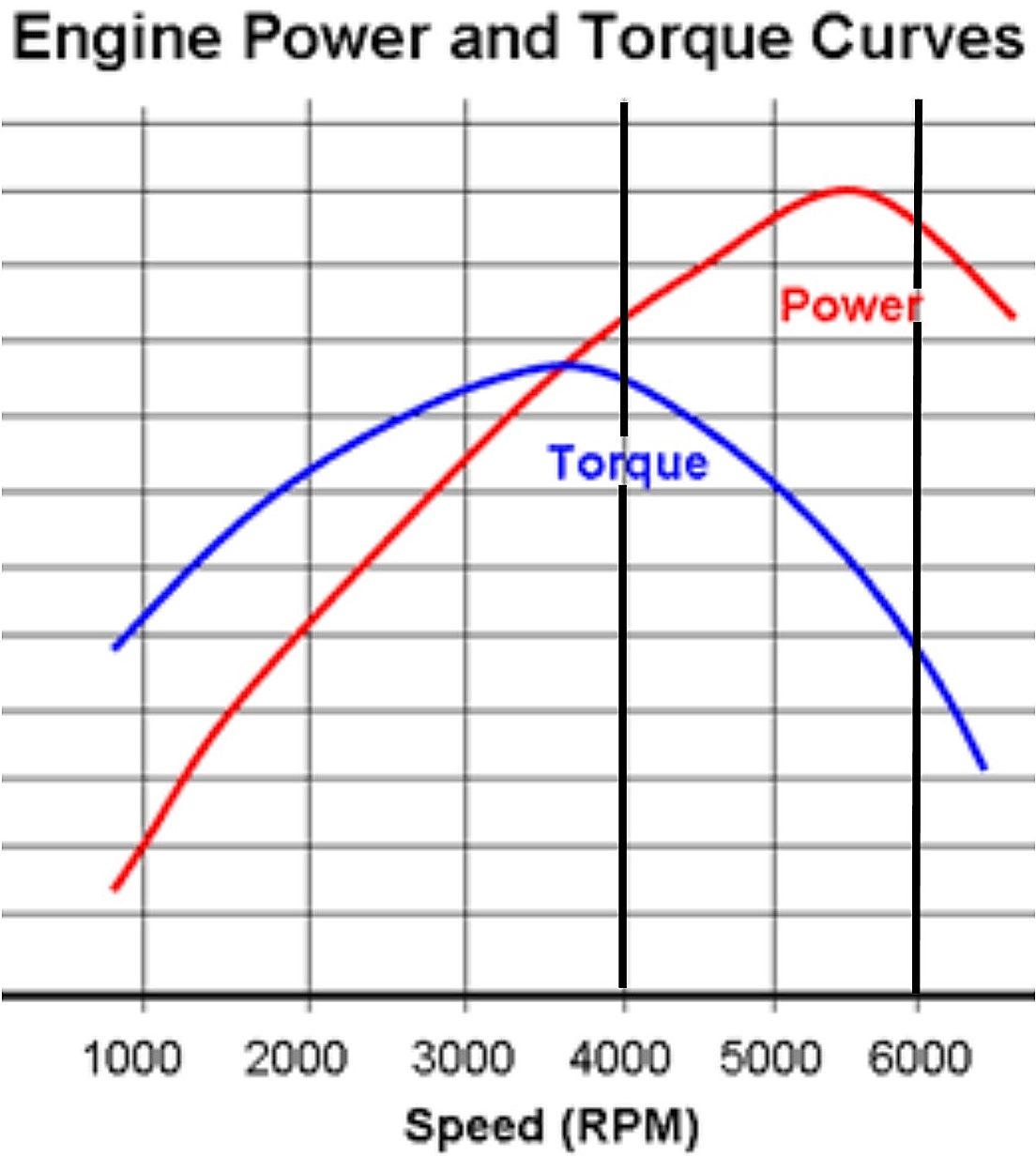- 52

- Italy
- Whiteshark90
Hi guys, since I bought a g29 I'm using manual shifting.
I've tried to save fuel since then by short shifting but I'm not sure I've got it right.
Basically you shift a little before you normally would in order to save fuel, right?
So my question is at how many rpm you should shift to optimize fuel save without losing much speed.
How much you should gain by short shifting?
Thanks in advance and sorry if this is a double post but I couldn't find one precisely talking about this topic.
I've tried to save fuel since then by short shifting but I'm not sure I've got it right.
Basically you shift a little before you normally would in order to save fuel, right?
So my question is at how many rpm you should shift to optimize fuel save without losing much speed.
How much you should gain by short shifting?
Thanks in advance and sorry if this is a double post but I couldn't find one precisely talking about this topic.


